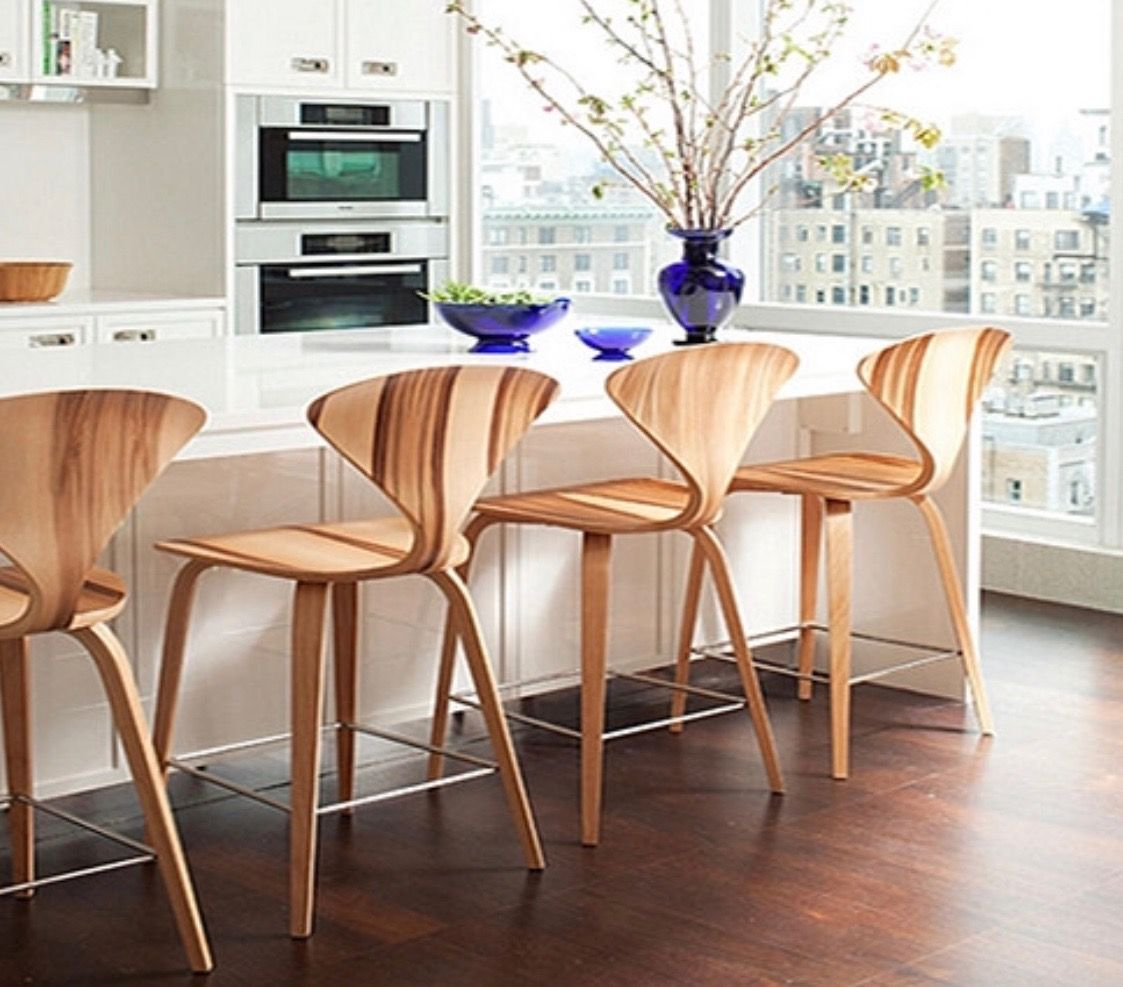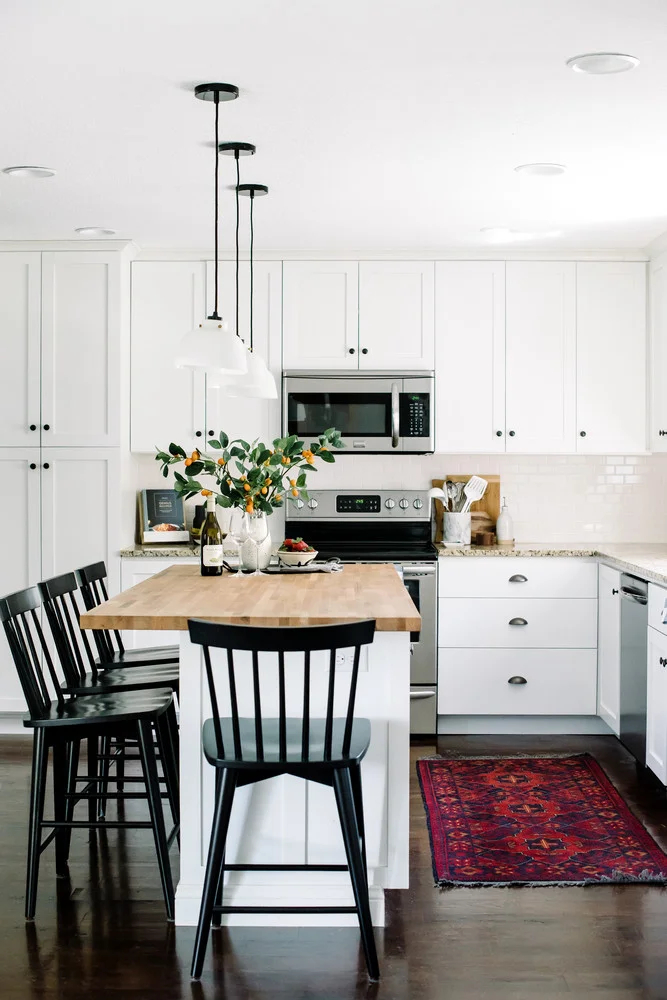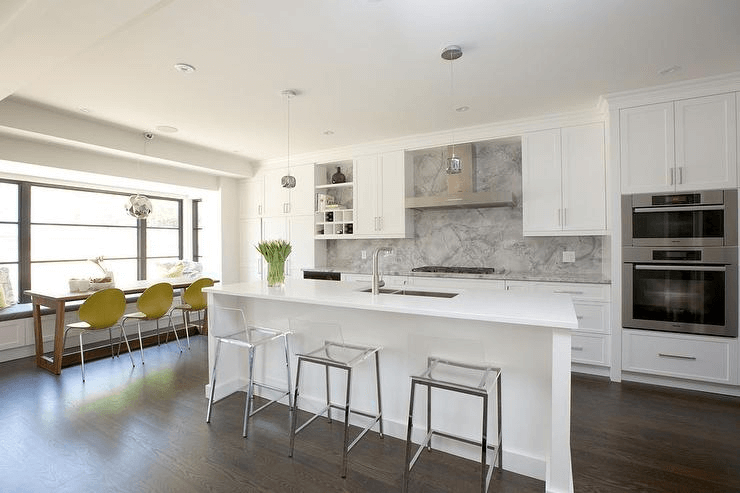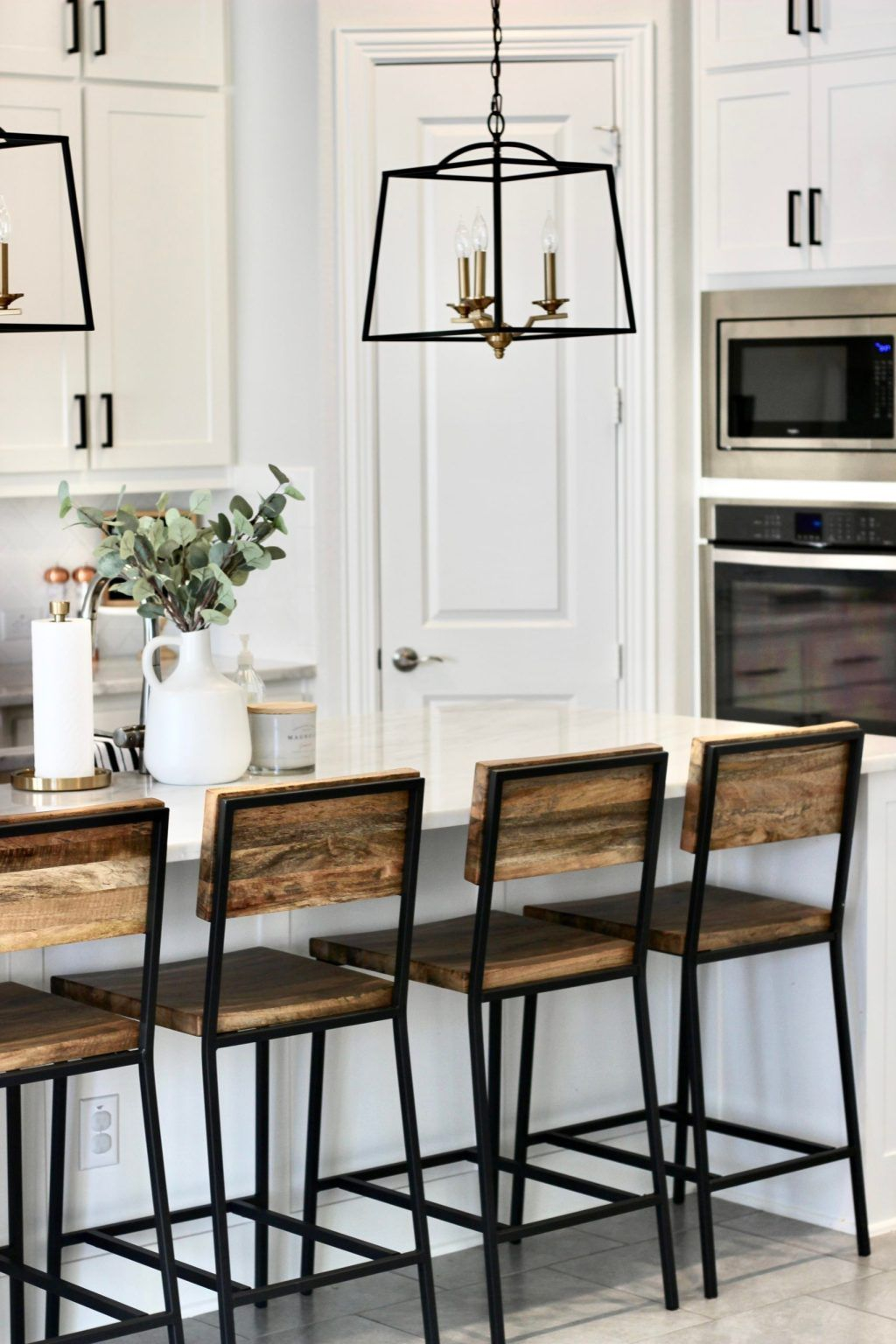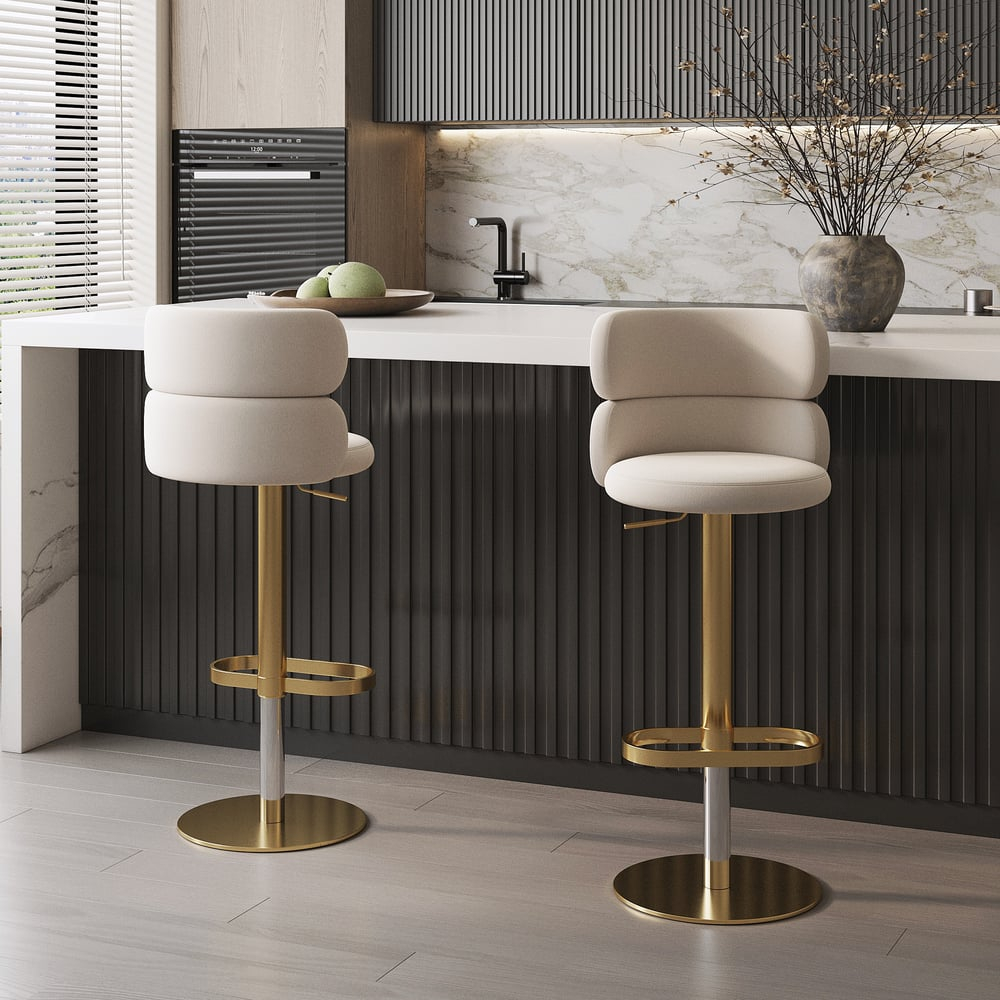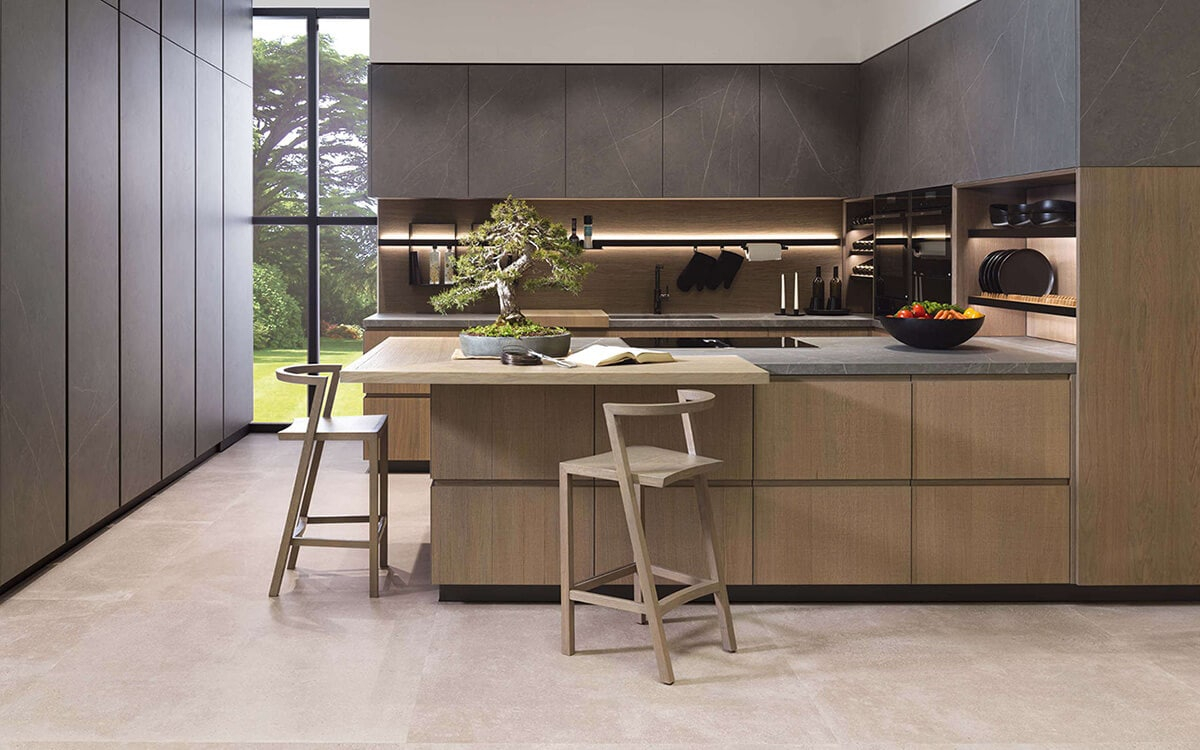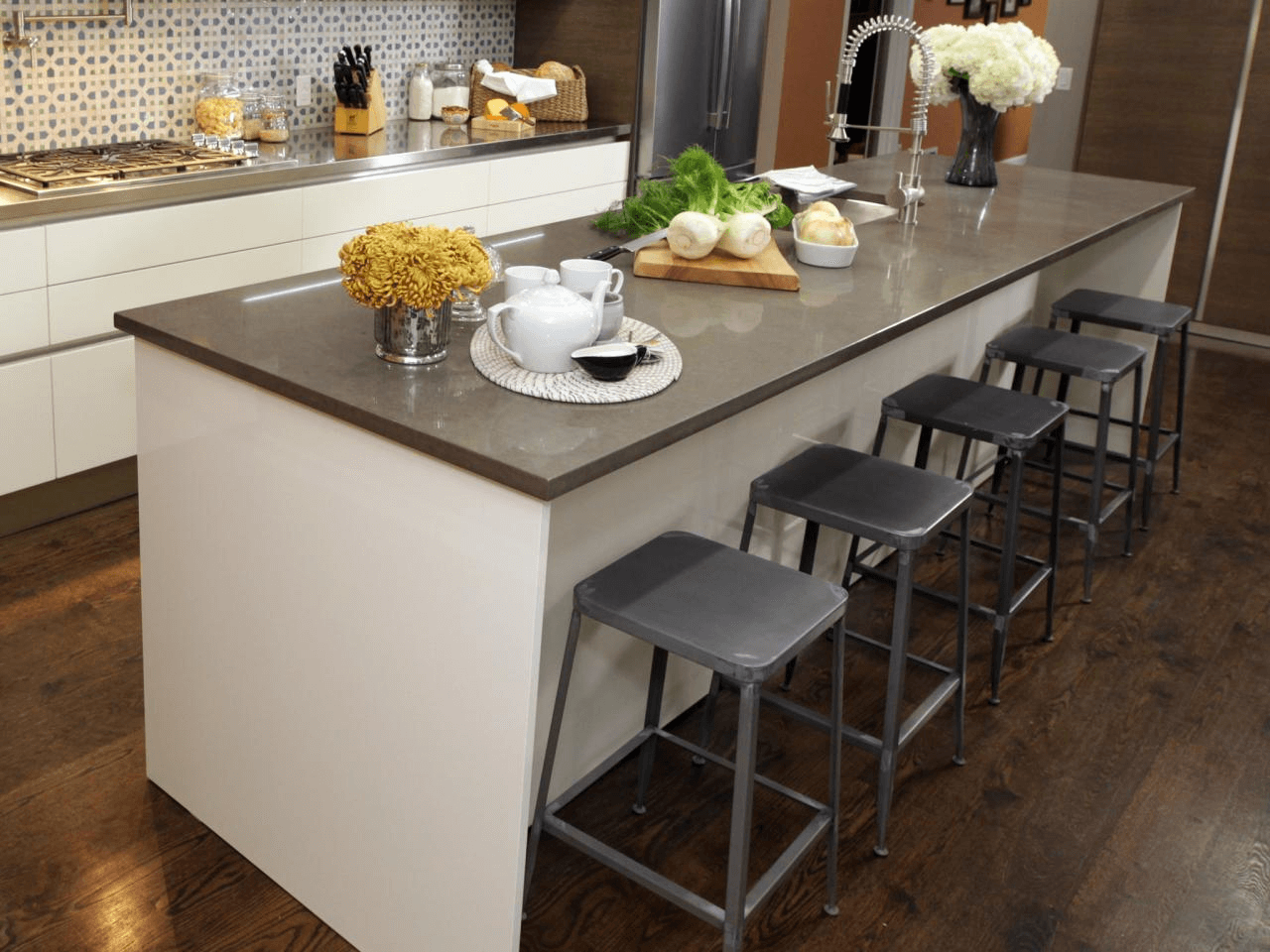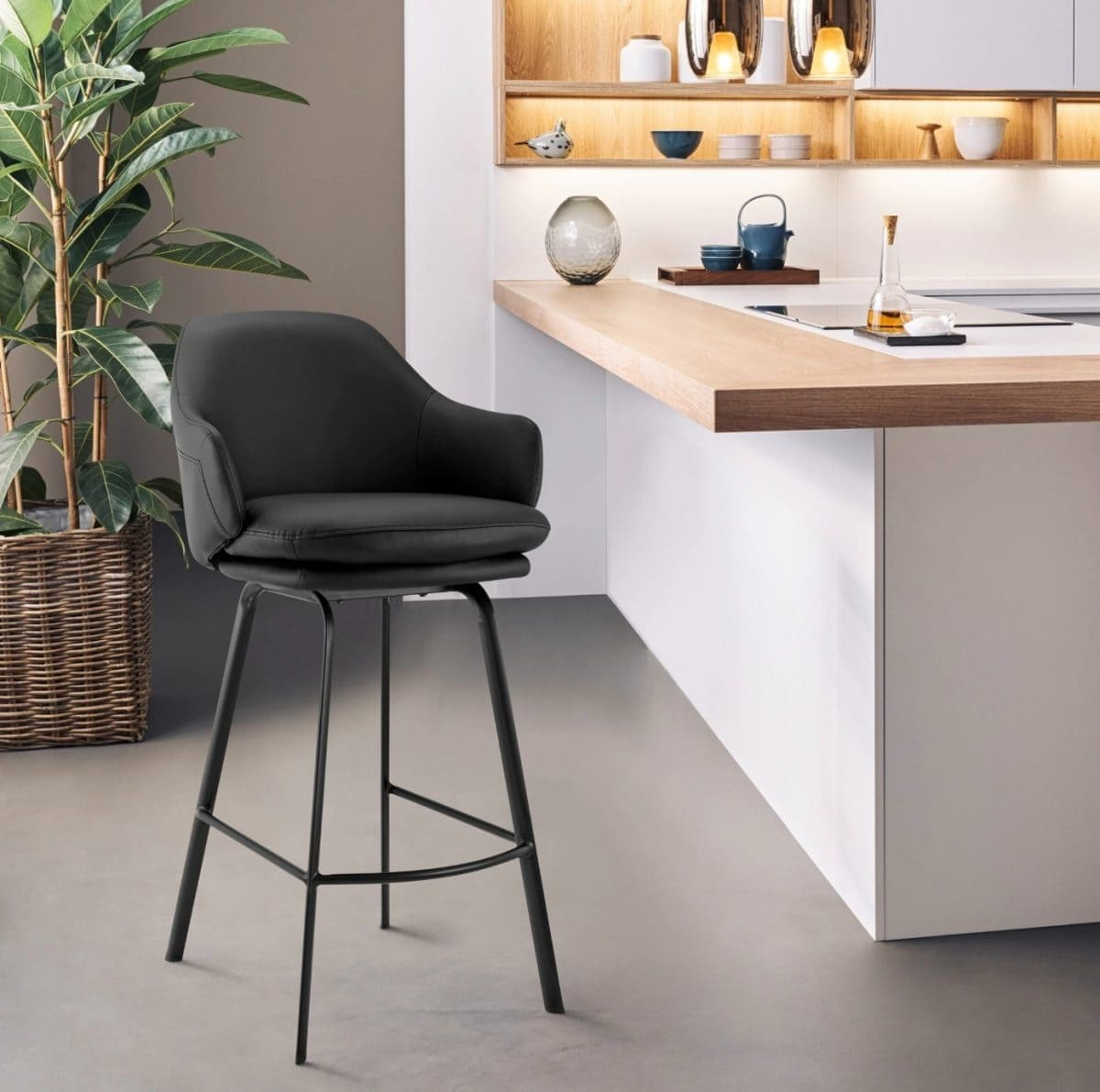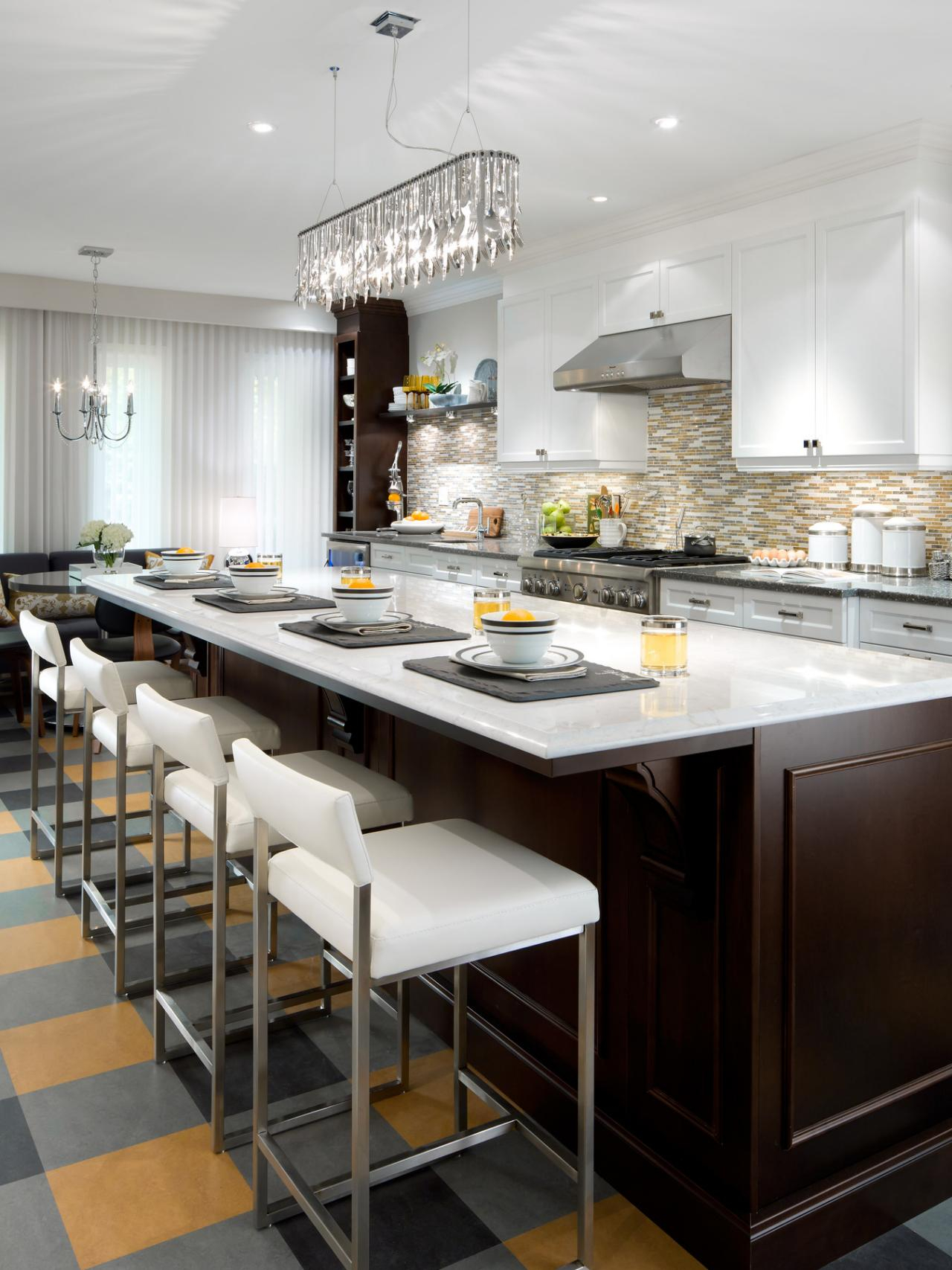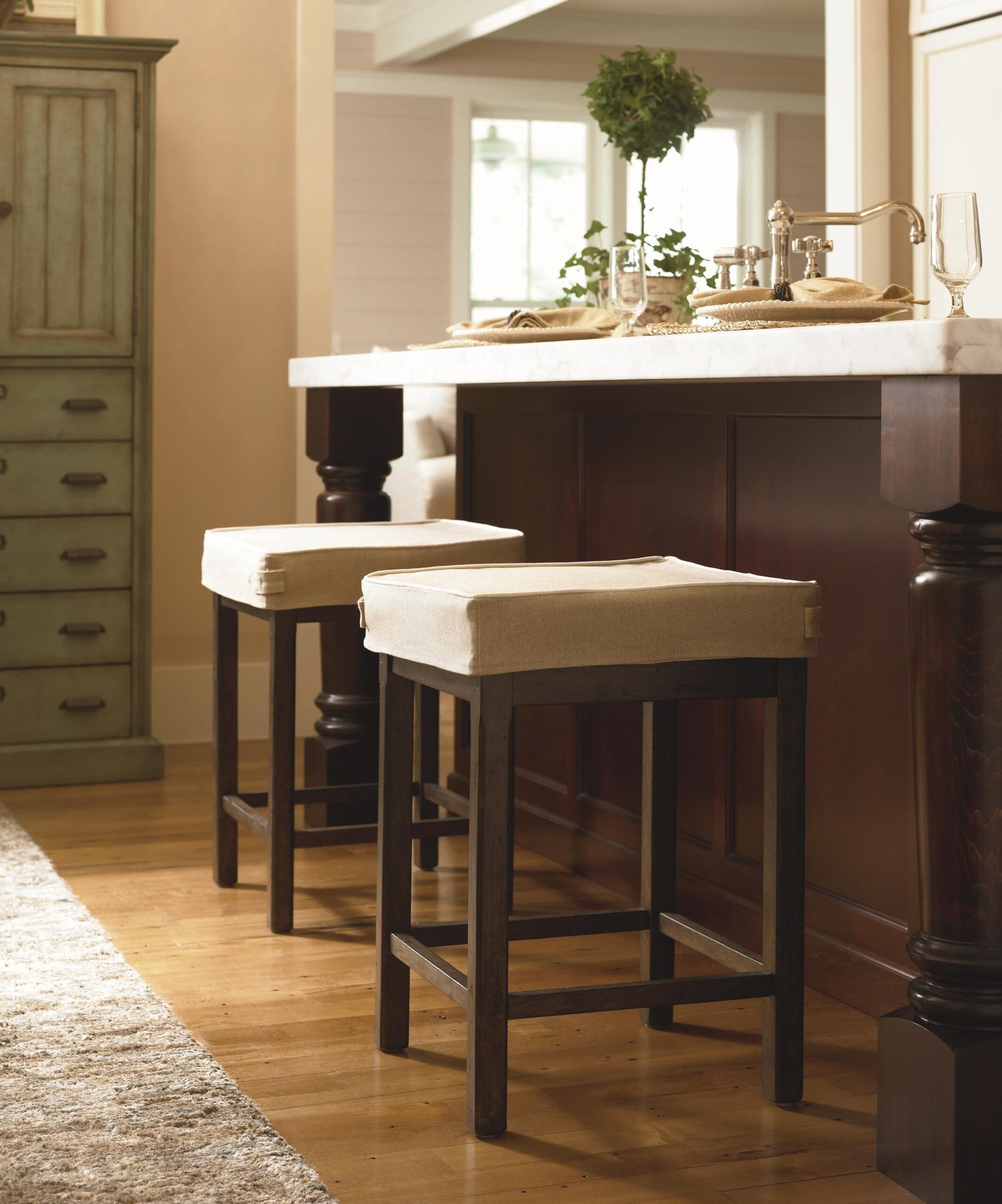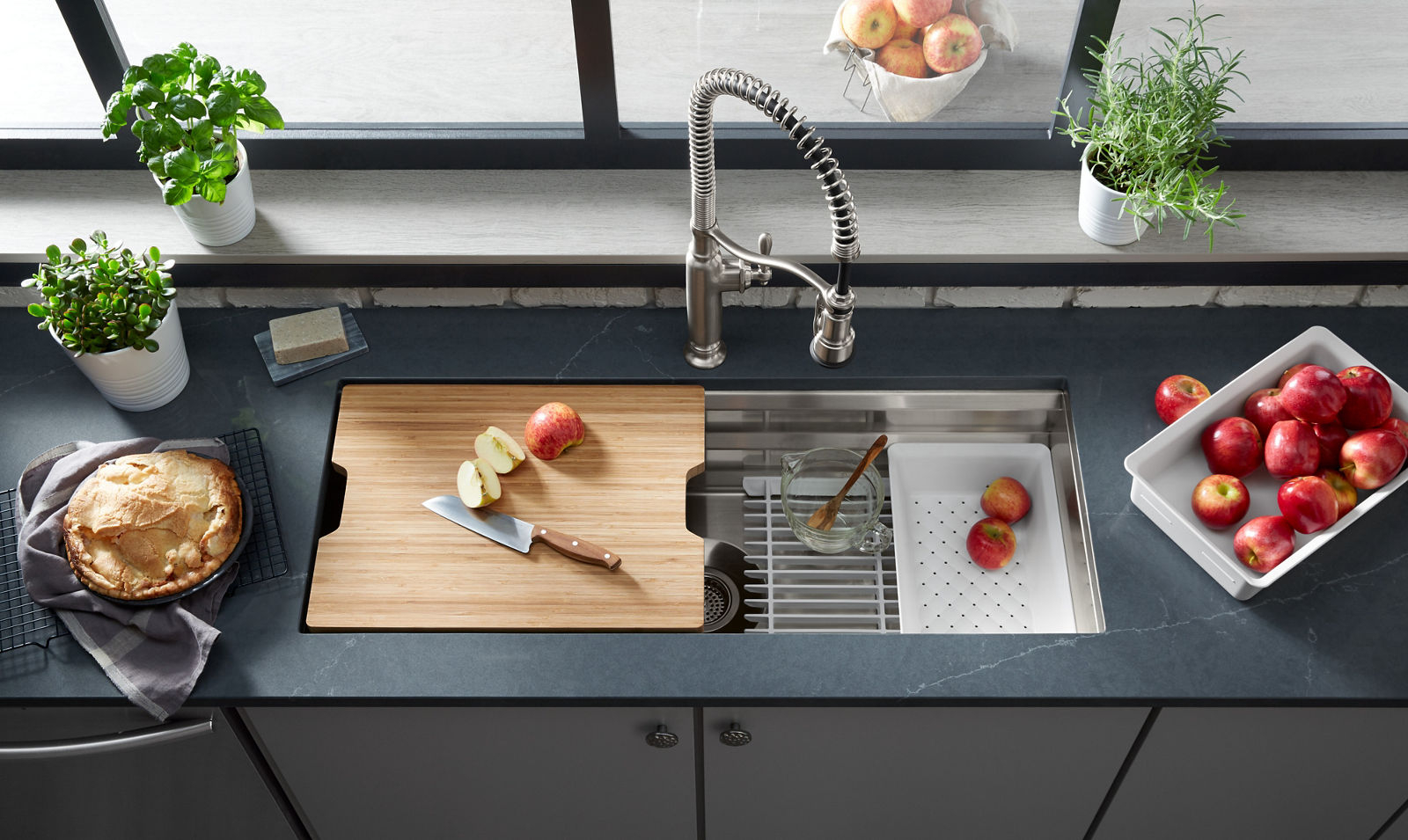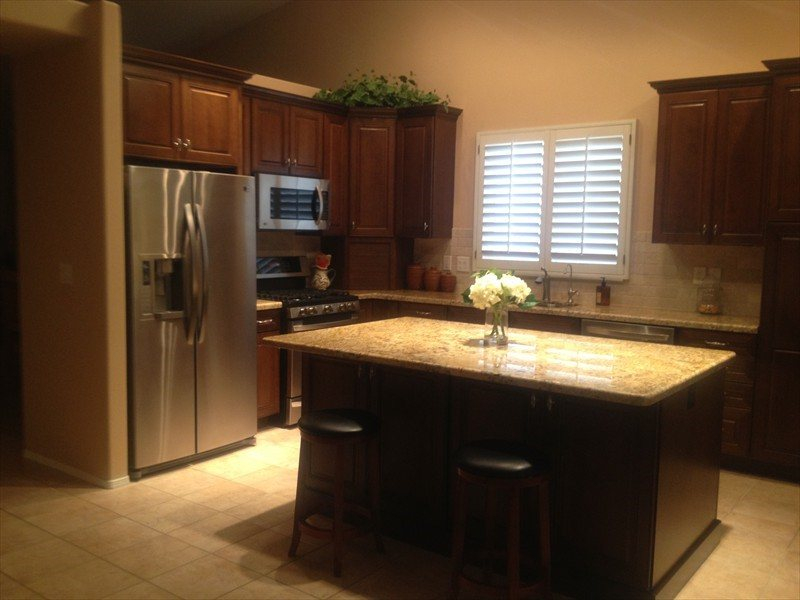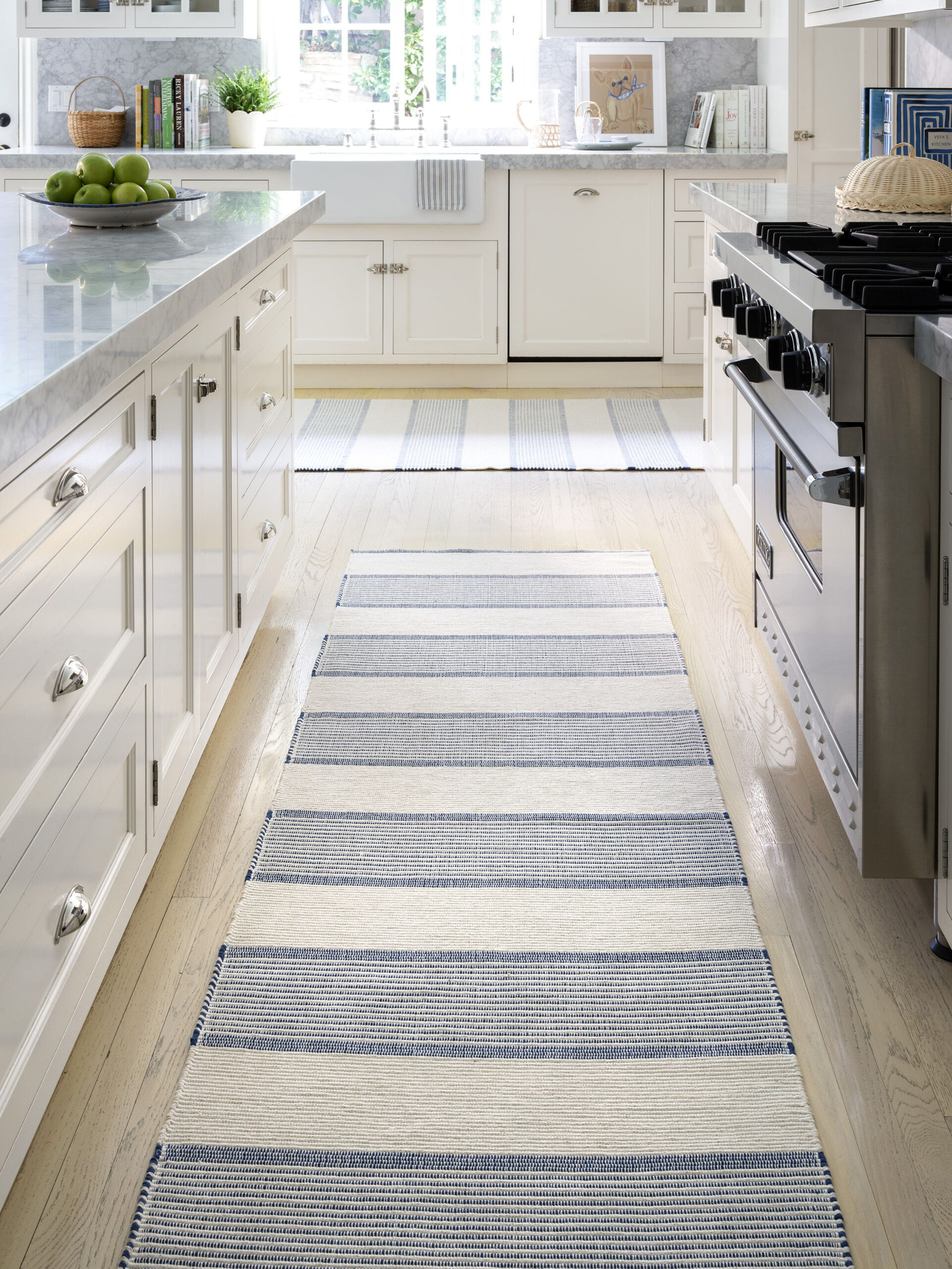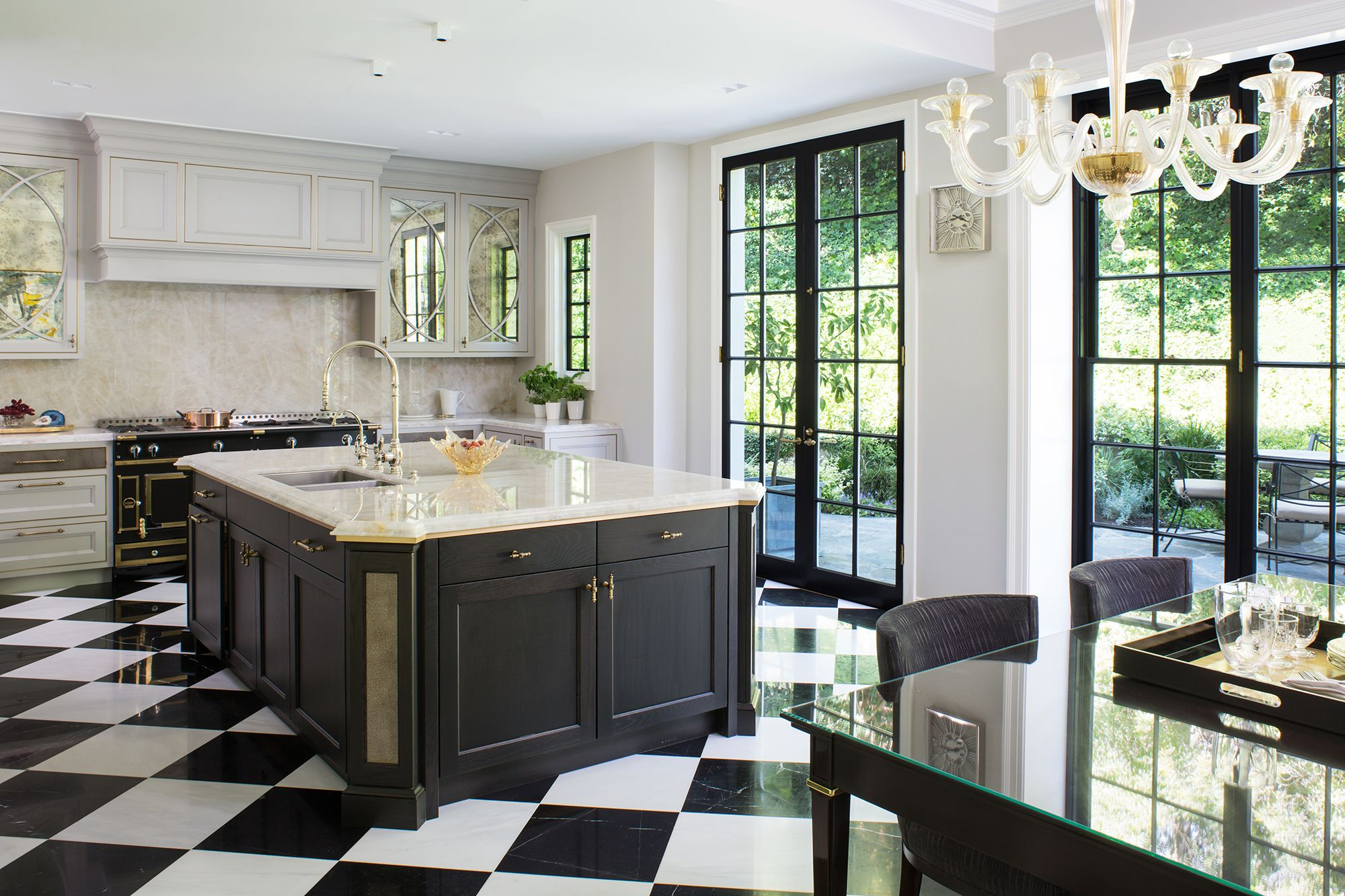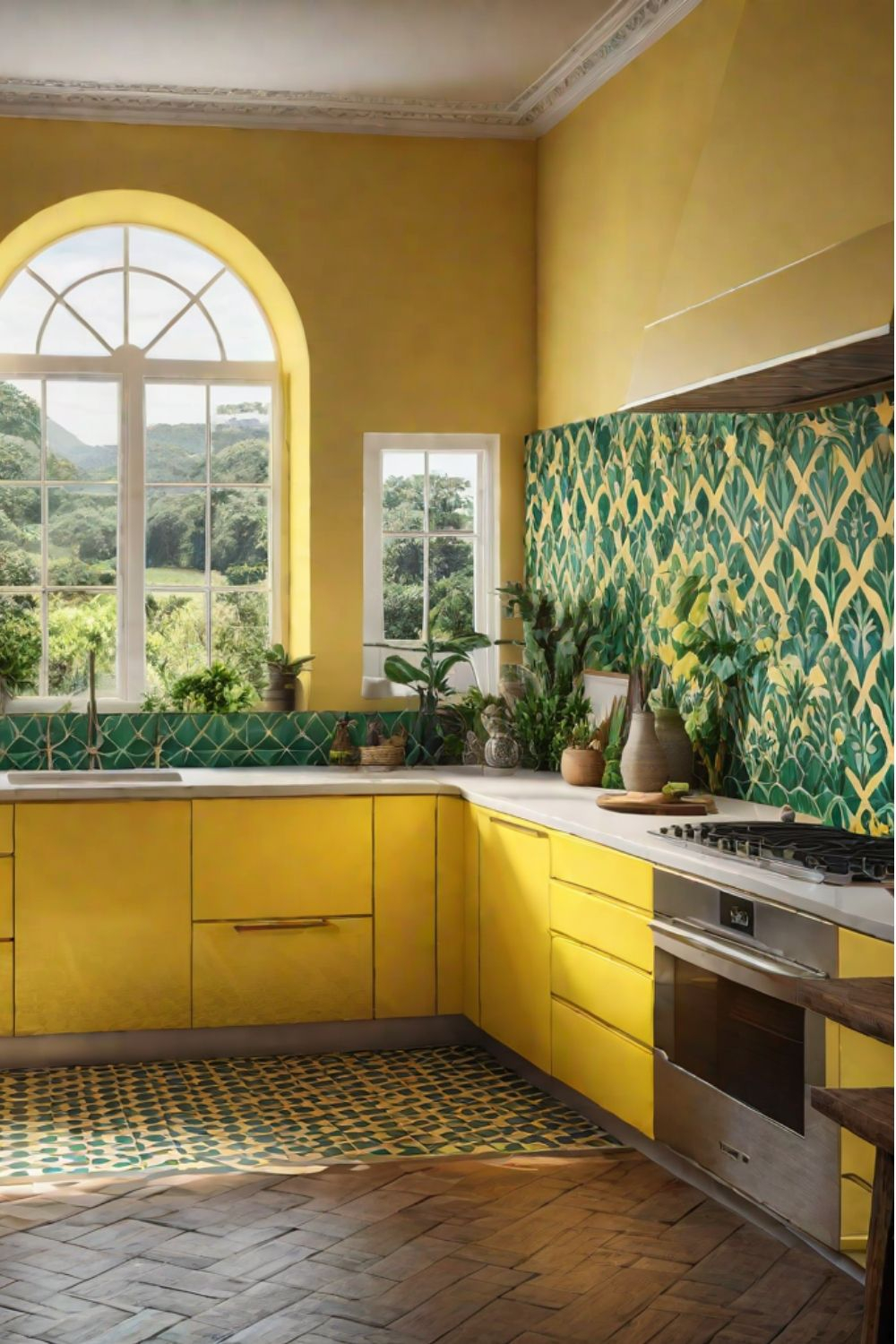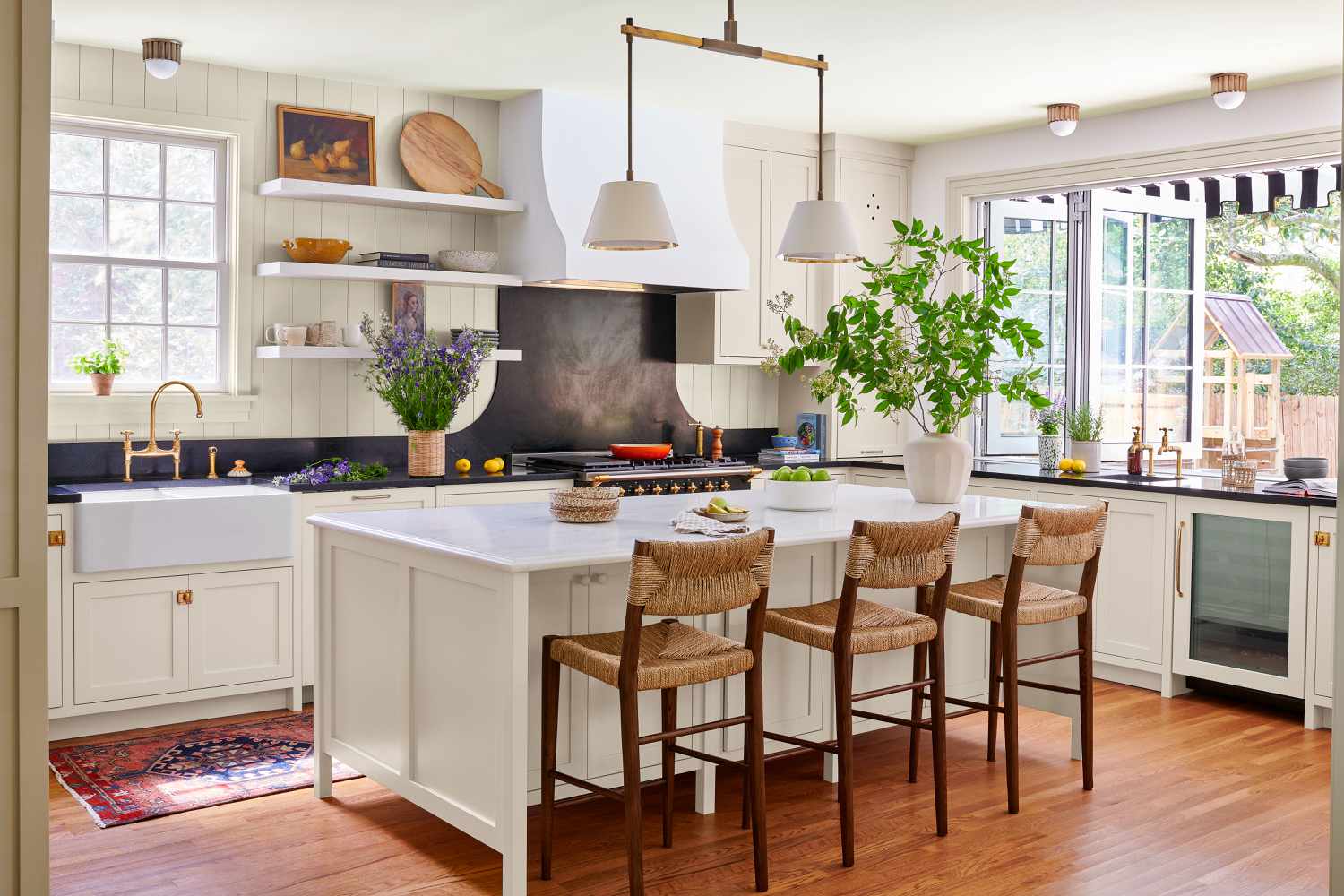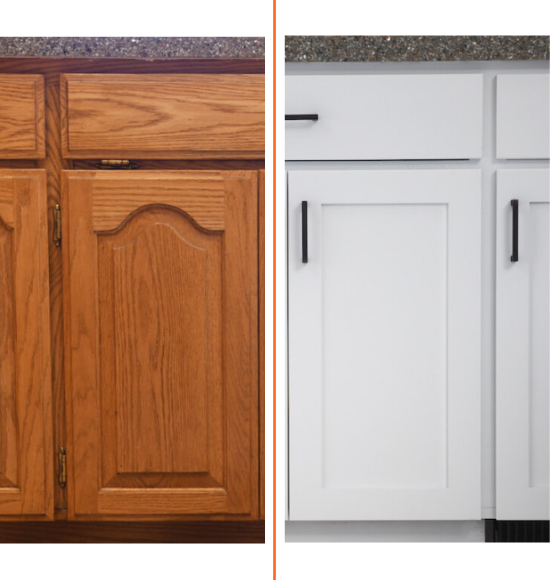That kitchen island – it’s more than just a countertop, right? It’s where homework happens, where you catch up with family, maybe even where you enjoy your morning coffee. It’s the heart of the home, really. And to make it truly sing, you need the right seating. But with so many options, how do you find those perfect stools that are both comfy and chic? Let’s dive in and figure it out.
Think about it. Your kitchen island is a hub of activity. It’s a workspace, a dining spot, and often, a social gathering point. The right stools can transform this space from functional to fabulous, adding comfort, style, and a touch of personality. But choosing them? It can feel a bit daunting, can’t it? You want something that looks great, feels good to sit on for extended periods, and, crucially, fits the height and scale of your island. We’re going to break down exactly what to look for, making sure your decision is a breeze and your kitchen becomes even more welcoming.
Height Matters: Getting the Measure Right
This is probably the most critical piece of the puzzle. Get the height wrong, and those beautiful stools become awkward obstacles. Most kitchen islands fall into two main categories: counter height or bar height. Counter height islands are typically around 36 inches tall, and they call for counter-height stools, which are usually about 24-26 inches from the floor to the seat. Bar height islands, on the other hand, are taller, usually around 40-42 inches high. For these, you’ll want bar-height stools, with seats around 28-30 inches off the ground.
So, how do you know which you have? Measure your island! Stand a ruler or tape measure up against the edge of your countertop. If it hits around 36 inches, you’re likely in counter territory. If it’s closer to 40-42 inches, it’s probably bar height.
Don’t forget legroom! When you’re sitting, you need about 10-12 inches of space between your lap and the underside of the countertop. This ensures you can tuck yourself in comfily without bumping your knees. Check the specs of the stools you’re eyeing – most will list the seat height. Aim for that sweet spot for a comfortable perch.
Style and Substance: Matching Your Kitchen’s Vibe
Your stools are like the jewelry for your kitchen island. They should complement your overall style, whether that’s modern, farmhouse, traditional, or eclectic.
Materials: Think about what you like and what fits your lifestyle.
- Wood: Offers warmth and a classic feel. It’s durable and can be found in various finishes to match your cabinets or flooring. Consider oak, walnut, or even painted finishes.
- Metal: Brings a sleek, industrial, or modern edge. Chrome, brushed nickel, or matte black can add sophistication. Metal stools can be very sturdy and easy to wipe down.
- Upholstered: Adds softness and comfort, especially for longer seating periods. Look for durable fabrics like performance velvet, faux leather, or tightly woven materials that are stain-resistant.
- Rattan/Wicker: Great for a bohemian or coastal look, offering texture and a lighter feel.
Design: Do you prefer a backrest for extra support, or are backless stools more your style? Backless stools can be neatly tucked under the island, saving space and maintaining a cleaner visual line. Stools with backs offer more comfort and can make a statement. Swivel stools add a fun, functional element, making it easy to chat with people around the kitchen. What about armrests? They can add comfort but might also make it harder to slide under the island. Consider how you’ll use the space most often.
Comfort is Key: Padding and Ergonomics
Let’s be honest, a beautiful stool that’s uncomfortable to sit on is a wasted investment. When you’re choosing, think about how long people will actually be sitting there. Is it just for a quick snack, or will people be gathering for extended conversations over dinner?
Look for seats with some cushioning. Even a thin layer of foam can make a world of difference. If you opt for hard seats (like wood or metal), consider adding a separate cushion for comfort.
Also, pay attention to the seat shape. Are there subtle curves that support your body? A slightly contoured seat is generally more comfortable than a flat one. And what about the footrest? Most stools have a rung or bar for your feet. Make sure this is at a comfortable height for most adults – not too high and not too low. It’s a small detail, but it significantly impacts the overall seating experience.
Space and Scale: Fitting Them In
You can have the most gorgeous stools in the world, but if they overwhelm your island or make it impossible to move around, they just won’t work.
Width: Consider how many stools you want to fit. A good rule of thumb is to allow about 24-30 inches of space for each stool. This gives people enough elbow room and prevents them from feeling crammed. Measure the length of your island and divide by your desired spacing to see how many can comfortably fit.
Backless vs. Backed: As mentioned earlier, backless stools tend to be slimmer and can be tucked away more easily, creating a less cluttered look. Stools with backs, while more comfortable, can feel bulkier and might obstruct pathways if your island is in a high-traffic area.
Swivel: Swivel stools can be fantastic for conversation, but they also take up a bit more space when they rotate. Make sure there’s enough clearance around them so they don’t bang into cabinets or appliances when turned.
Durability and Maintenance: Making Them Last
Your kitchen is a high-traffic zone, and your stools will bear the brunt of it. Think about the materials and finishes you choose in terms of how easy they are to clean and how well they’ll hold up to daily life.
For families with young children or pets, opting for durable, easy-to-clean materials is a no-brainer. Faux leather or performance fabrics on upholstered seats are often excellent choices as they can usually be wiped clean with a damp cloth. Metal and solid wood stools are also very robust.
Consider the finish, too. A matte finish on metal might hide fingerprints better than a high-gloss one. For wood, a sealed and durable finish will protect against spills and wear. Think about the feet of the stools as well; some come with plastic or felt glides to protect your flooring, which is a nice touch.
Testing and Trying: The Final Check
If at all possible, try before you buy. Visit a showroom and sit on the stools you’re considering. How do they feel? Is the seat comfortable? Is the back support adequate (if it has one)? Can you easily get on and off?
If you can’t try them in person, read reviews! See what other people are saying about the comfort, durability, and overall quality. Look for comments specifically about how they fit with different island heights.
Don’t be afraid to ask questions. If you’re buying online, check the return policy. You want to be confident in your purchase, knowing that if they don’t quite work out, you have options. It’s an investment in your kitchen’s comfort and enjoyment, so take the time to get it right.
Choosing the right stools for your kitchen island is all about balancing aesthetics with practicality and, most importantly, comfort. By considering the height, style, materials, and how they’ll fit into your daily life, you can find those perfect pieces that elevate your kitchen experience. Remember to measure carefully, think about your lifestyle, and don’t shy away from trying them out if you can. With a little attention to detail, your kitchen island will become an even more inviting and comfortable space for everyone to gather and enjoy. Happy seating!

